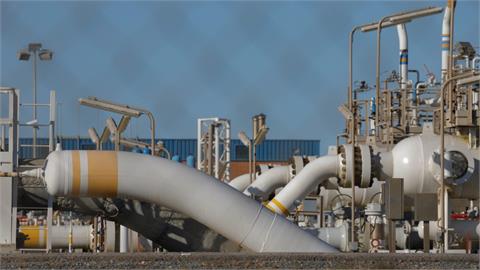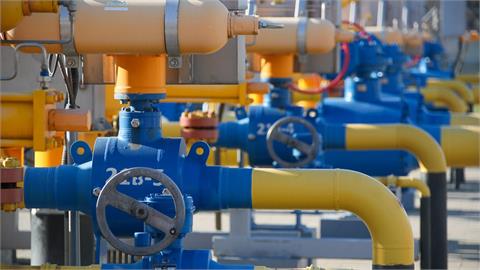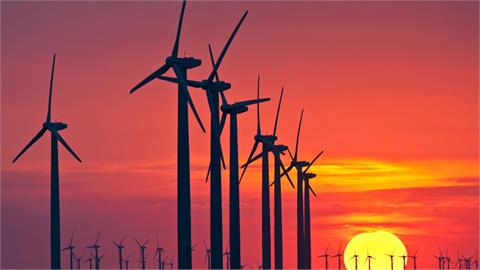Denmark and Sweden merged their gas market systems through a single cross-border balancing zone, according to Denmark's gas grid operator Energinet on Monday.
Energinet said preliminary works have been ongoing since 2017, in which the two countries’ gas transmission system operators, Swedegas and Energinet, have worked closely with a number of government agencies and market players to ensure market integration. This market integration, colloquially called JBZ, stands for joint balancing zone in which market players are not required to separately balance gas pressure for the Danish and Swedish markets.
"The project will result in closer links between the two markets, and is in line with European efforts to ensure closer regional collaboration in the energy markets," Energinet said. "We want it to be simple and attractive for industry, the transport sector and private individuals to choose gas - especially green gas. And with a joint Danish-Swedish system, more gas suppliers will be able to bid on the Swedish market," Johan Zettergren, CEO of Swedegas explained.
Jeppe Dano, Gas Market director at Energinet also hailed the merger as an important milestone for the Danish and Swedish gas markets. "After more than 30 years of closely connected, neighboring systems, we’re finally taking the plunge and merging our balance markets," he said.
- What will physically take place on Danish/Swedish border?
To enable market integration, a small change has been made to the way the underlying physical system is operated to harmonize both Swedish and Danish gas pressure systems. From April 1 onwards, pressure in the Danish and Swedish transmission systems will gradually equalize. Prior to this, the Swedish transmission system operated at lower pressure than the Danish system.
(Anadolu Agency)



